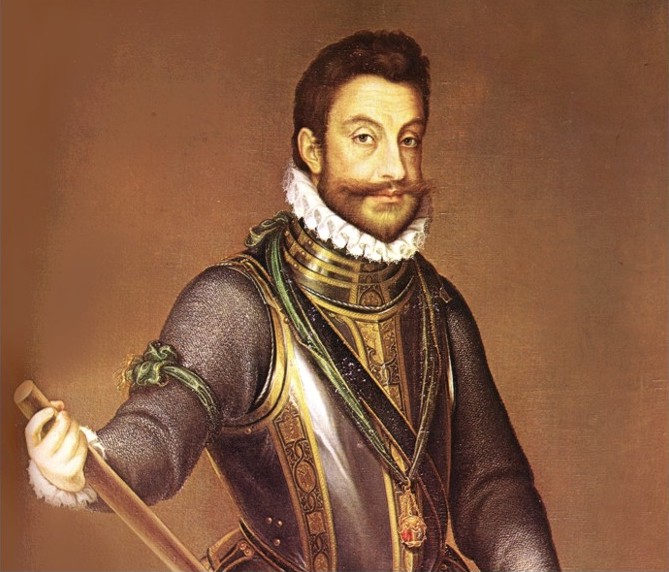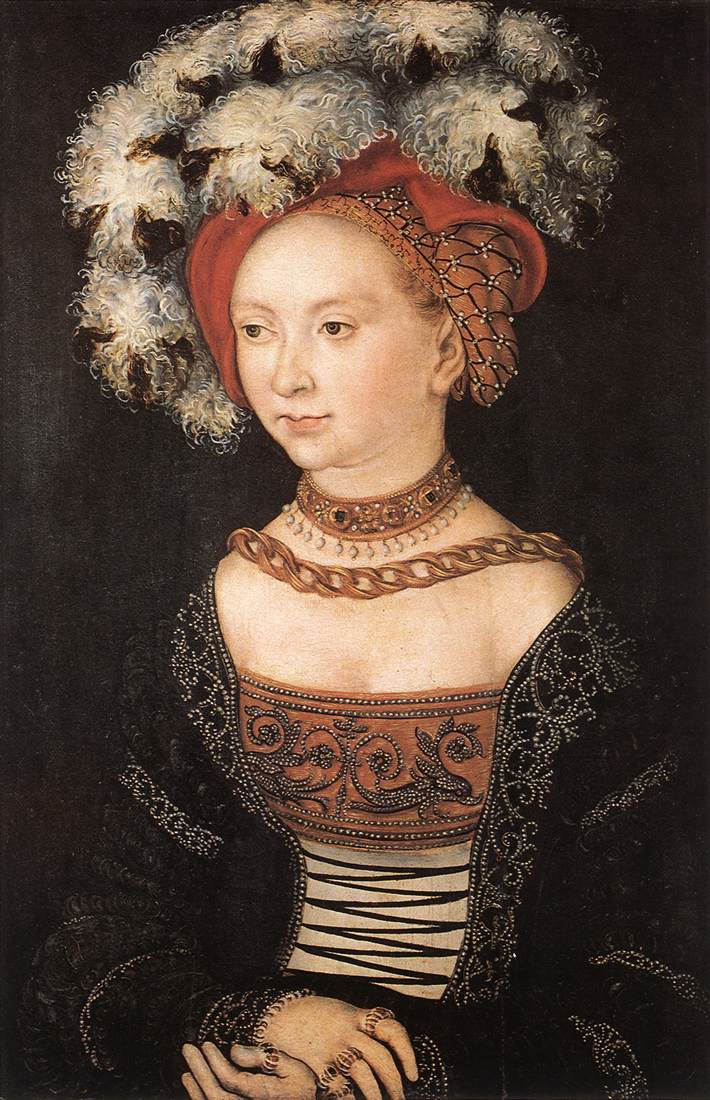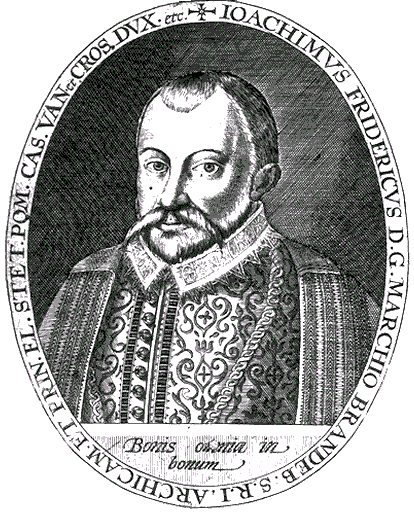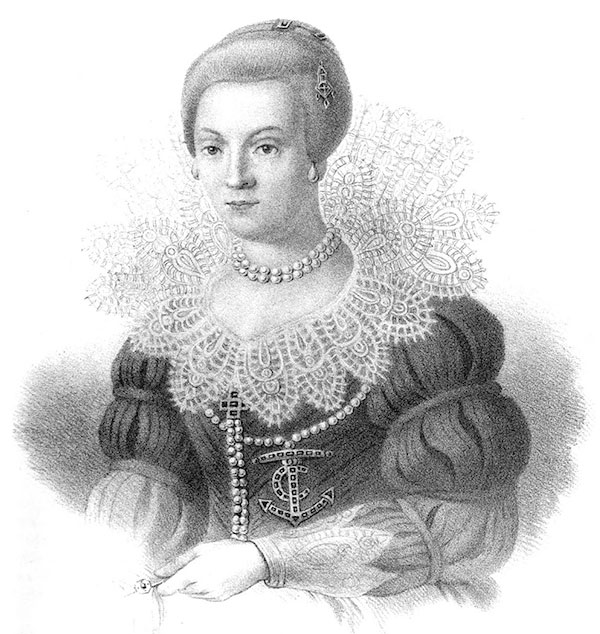Manuel Filiberto de Saboya (Chambéry, 8 de julio de 1528 - Turín, 30 de agosto de 1580) fue Duque de Saboya desde 1553hasta 1580. Fue apodado Cabeza de Hierro (Testa di ferro en italiano).
El nombramiento de Manuel Filiberto de Saboya como comandante del ejército imperial inauguraba una tradición de generales italianos al servicio de la Casa de Habsburgo que contaría con generales como Alejandro Farnesio, Ambrosio Spínola oRaimondo Montecuccoli.
Manuel Filiberto de Saboya nació el 8 de julio de 1528 en Chambéry, sus padres eran Carlos III de Saboya y Beatriz de Portugal, hermana de la emperatriz Isabel de Portugal, mujer de Carlos V de quien era sobrino y primo de Felipe II de España y de Enrique II de Francia 1

Margarita de Francia (Saint-Germain-en-Laye, 5 de junio de 1523 - Turín, 15 de septiembre de 1574) fue hija de Francisco I, rey de Francia y de su primera esposa Claudia.
Duquesa de Berry desde 1550, contrajo matrimonio en 1559 con Manuel Filiberto de Saboya, duque de Saboya y príncipe de Piamonte. De esta unión nació un único hijo: Carlos Manuel I (1562 - 1630).

Luis I de Borbón, Príncipe de Condé (Vendôme, 7 de mayo de 1530 – Jarnac, 13 de marzo de 1569) fue un importante líder y generalHugonote y fue el fundador de la Casa de Borbón-Condé. Nació como el quinto hijo de Carlos de Borbón, duque de Vendôme, y hermano menor de Antonio de Borbón, quien contraería matrimonio con Juana de Albret, Reina de Navarra; el hijo de estos, sobrino delPríncipe Luis, se transformó en Enrique IV de Francia

Francis I of Saxe-Lauenburg (1510 – 19 March 1581, Buxtehude) was the eldest child and only son of Duke Magnus I of Saxe-Lauenburg and Catherine of Brunswick-Wolfenbüttel (1488 – 29 July 1563, Neuhaus), daughter of Duke Henry IV the Evil of Brunswick and Lunenburg (Wolfenbüttel). Francis I succeeded his father in 1543 as duke of Saxe-Lauenburg, but resigned in favour of his major son Magnus II in 1571. Two years later he reascended and was succeeded by Francis II in 1581.
Sibylle of Saxony (2 May 1515 in Freiberg – 18 July 1592 in Buxtehude) was a Saxon princess of the Albertine line of House of Wettin and by marriage Duchess of Saxe-Lauenburg.
Sibylle was the eldest child of the Duke Henry IV of Saxony (1473–1541) from his marriage to Catherine of Mecklenburg (1487–1561), daughter of the Duke Magnus II of Mecklenburg.

Philipp Ludwig of Neuburg (2 October 1547 – 22 August 1614) was the Duke of Palatinate-Neuburg from 1569 until 1614.
Philipp Ludwig was born in Zweibrücken in 1547 as the eldest son of Wolfgang, Count Palatine of Zweibrücken. After his father's death in 1569, his lands were partitioned between Philipp Ludwig and his four brothers - Philipp Ludwig received the Duchy of Neuburg. He married Anna (1552–1632), daughter of Duke Wilhelm IV "the Rich" of Jülich-Cleves-Berg, in 1574 and used the marriage as the basis of his claim to inherit the duchies in the succession controversy against the Elector of Brandenburg after William IV's only son, John William, died without heirs. In 1613 Philip Louis's eldest son converted to Catholicism and gained the support of Spain and the Catholic League while Brandenburg received the support of the Netherlands.

Anna of Cleves (1 March 1552, Cleves – 6 October 1632, Höchstädt an der Donau) was a daughter of Duke William V of Jülich-Berg and his wife, Maria of Austria.
Johann Adolf of Holstein-Gottorp (27 February 1575 – 31 March 1616) was a Duke of Holstein-Gottorp.
He was a third son of Duke Adolf of Holstein-Gottorp and his wife Christine of Hesse-Kassel (or Hesse-Cassel). He became the first Lutheran Administrator of the Prince-Bishopric of Lübeck (1586–1607) and the Administrator of the Prince-Archbishopric of Bremen (1589–1596). He became the Duke after the deaths of his two elder brothers. After succeeding in 1590 his father as ruling Duke the Bremian Chapter enforced his resignation in favour of his younger brother John Frederick, Duke of Schleswig-Holstein-Gottorp.

Princess Augusta of Denmark (8 April 1580 – 5 February 1639) was the third daughter of King Frederick II of Denmark andSophia of Mecklenburg-Güstrow, and Duchess of Holstein-Gottorp as the wife of Duke John Adolf. She was politically influential during the reign of her son, Duke Frederick III.

Count Philip IV of Waldeck (born: 1493 at Friedrichstein Castle in Bad Wildungen; died: 30 November 1574 at Waldeck Castle inWaldeck) was Count of Waldeck-Wildungen from 1513 to 1574. In 1526, he and his uncle Philip III of Waldeck-Eisenberg led the Lutheran Reformation in the county of Waldeck.
Philip was the son of Count Henry VIII of Waldeck and his wife Anastasia of Runkel. He was at Friedrichstein Castle in Alt-Wildungen (now part of Bad Wildungen).
Lluís II de Nassau-Weilburg (en alemany Ludwig II von Nassau-Weilburg) va néixer el 9 d'agost de 1565 a Weilburg (Alemanya) i va morir a Saarbrücken el 8 de novembre de1627. Era un noble alemany fill del comte Albert de Nassau-Weilburg (1537-1597) i d'Anna de Nassau-Dillenburg (1541-1616).
Anna Maria de Hessen-Kassel (en alemany Anna Maria von Hessen-Kassel) va néixer a Kassel (Alemanya) el 27 de gener de 1567 i va morir a Neunkirchen el 21 de novembre de 1626. Era una princesa de Hessen-Kassel, filla de Guillem IV (1532-1592) i de Sabina de Württemberg (1549-1581).







Anna Maria de Hessen-Kassel (en alemany Anna Maria von Hessen-Kassel) va néixer a Kassel (Alemanya) el 27 de gener de 1567 i va morir a Neunkirchen el 21 de novembre de 1626. Era una princesa de Hessen-Kassel, filla de Guillem IV (1532-1592) i de Sabina de Württemberg (1549-1581).
Joaquín Federico I de Hohenzollern (Cölln, Berlín, 27 de enero de 1546 — ¿?, 18 de julio de 1608), miembro de la Casa deHohenzollern, sucedió a su padre Juan Jorge I como Margrave elector de Brandeburgo en 1598. Su madre fue Sofía, princesa de Legnica. Fue Duque de Prusia. Desde 1566 hasta 1598 fue el administrador del Arzobispado de Magdeburgo. A su muerte le sucedió su hijo Juan Segismundo.
Contrajo matrimonio en dos ocasiones, en 1570 con la princesa Catalina, hija del margrave Juan I de Brandeburgo-Küstrin, y la duquesa Catalina de Brunswick-Wolfenbüttel.

Luis VI del Palatinado (Simmern 4 de julio de 1539 - Heidelberg, 22 de octubre de 1583) fue un príncipe elector del Palatinado-Simmern, rama de la casa de Wittelsbach. Era el hijo primogénito de Federico III del Palatinado y María de Brandeburgo-Kulmbach.
John Albert I, Duke of Mecklenburg, in older literature known as John or Johann (23 December 1525 in Güstrow – 12 February 1576 in Schwerin), was the reigning Duke of Mecklenburg-Güstrow from 1547 to 1556 and of Mecklenburg-Schwerin from 1556 to 1576. In 1549 John Albert I saw to it that the parliament of Mecklenburg carried through the Reformation for the entire Duchy.
John Albert was the eldest son of the Duke Albrecht VII of Mecklenburg-Güstrow and his wife Anne of Brandenburg. Until the age of 13, he was educated by the "papist vicar" Johann Sperling. In 1539, his father sent him to he court of his uncle, the protestantElector Joachim II of Brandenburg, where he was educated together with the Elector's son John George. From 1541 to 1544, they attended the newly founded University of Frankfurt an der Oder together. John Albert was a convince supporter of Protestantismwhen he returned to Mecklenburg. Nevertheless, he fought on the imperial side in the Schmalkaldic War, at his father's request.

Anna Sophia of Prussia (11 June 1527 in Königsberg – 6 February 1591 in Lübz) was a German noblewoman. She was a duchess in Prussia by birth and by marriage Duchess of Mecklenburg.
Anna Sophie was the oldest and only surviving child of Duke Albert of Prussia (1490-1568) from his first marriage with Dorothea(1504-1547), a daughter of King Frederick I of Denmark. From her mother, she received an extensive education in naturopathy andgynecology.[1] Already in 1546, the estates of Prussia agreed to a so-called "dowry tax" to provide the dowry of 30000 guilders she would receive when she married.

Eberwin III, Count of Bentheim-Steinfurt (1536 – 19 February 1562 at Bentheim Castle) was a German nobleman. He was a member of the elder line of the House of Bentheim-Steinfurt and was the ruling Count of Bentheim and Steinfurt from 1544 until his death. From 1557, he was also Count of Tecklenburg and Lord of Rheda by marriage.
Eberwin III was the eldest son of Count Arnold II of Bentheim-Steinfurt and his wife, Walburga of Brederode-Neuenahr.

Juan I del Palatinado-Zweibrücken en alemán: Pfalzgraf Johann I von Zweibrücken (Meisenheim, 8 de mayo de 1550 –Germersheim, 12 de agosto de 1604) fue Conde Palatino y duque de Zweibrücken durante 1569-1604.
Era el segundo hijo de Wolfgang del Palatinado-Zweibrücken y su esposa Ana de Hesse. En 1588, cambió la religión del estado del Luteranismo al Calvinismo. Murió en 1604 y se encuentra enterrado en la iglesia de Alejandro en Zweibrücken.
Magdalena de Jülich, Cléveris y Berg (Cléveris, 2 de noviembre de 1553 - Meisenheim, 30 de agosto de 1633) fue una noblealemana, hija del duque Guillermo V el Rico de Jülich, Cléveris y Berg y de la archiduquesa austriaca María de Habsburgo, hija del emperador Fernando I y Ana Jagellón de Hungría y Bohemia, hija del rey Vladislao II de Hungría.
Carlos IX (Estocolmo, 4 de octubre de 1550 - Nyköping, 30 de octubre de 1611), rey de Suecia entre 1604 y 1611. Fue el último hijo de Gustavo Vasa y de Margarita Eriksdotter. Antes de ser rey de Suecia, había heredado de su padre el Ducado deSödermanland. De 1599 a 1604 se desempeñó como regente de Suecia, tras el derrocamiento de su sobrino Segismundo Vasa.
Fue un férreo opositor al catolicismo, defensor de la independencia y precursor de la política expansionista sueca, en la que se topó con la rivalidad de Polonia. De carácter represor y autoritario, llevó a cabo la fundación de un Estado fuerte, en concordancia con los ideales de su padre.

María del Palatinado (Heidelberg, 24 de julio de 1561 - Eskilstuna, 29 de julio de 1589). Noble alemana, princesa de Suecia y duquesa de Södermanland, primera esposa de Carlos IX de Suecia. Hija del príncipe elector Luis VI del Palatinado y de Isabel de Hesse, hija del landgrave Felipe I el Magnánimo y de su esposa Cristina de Sajonia.

No hay comentarios:
Publicar un comentario